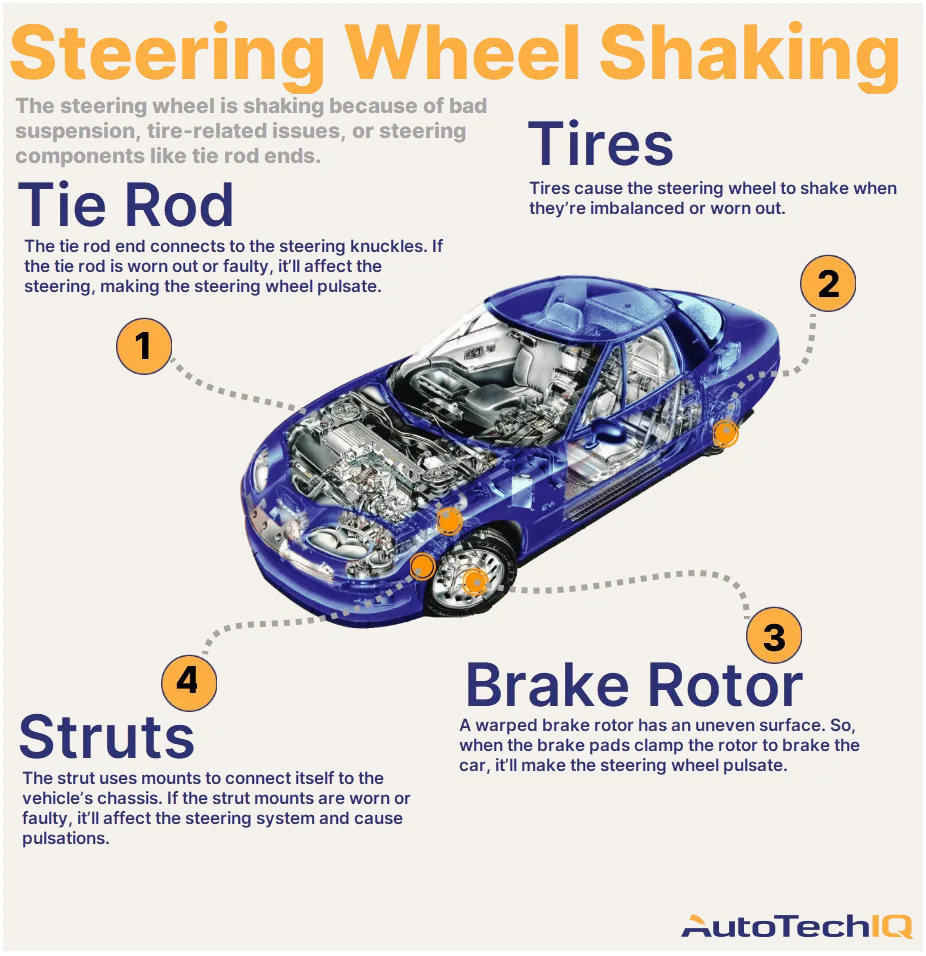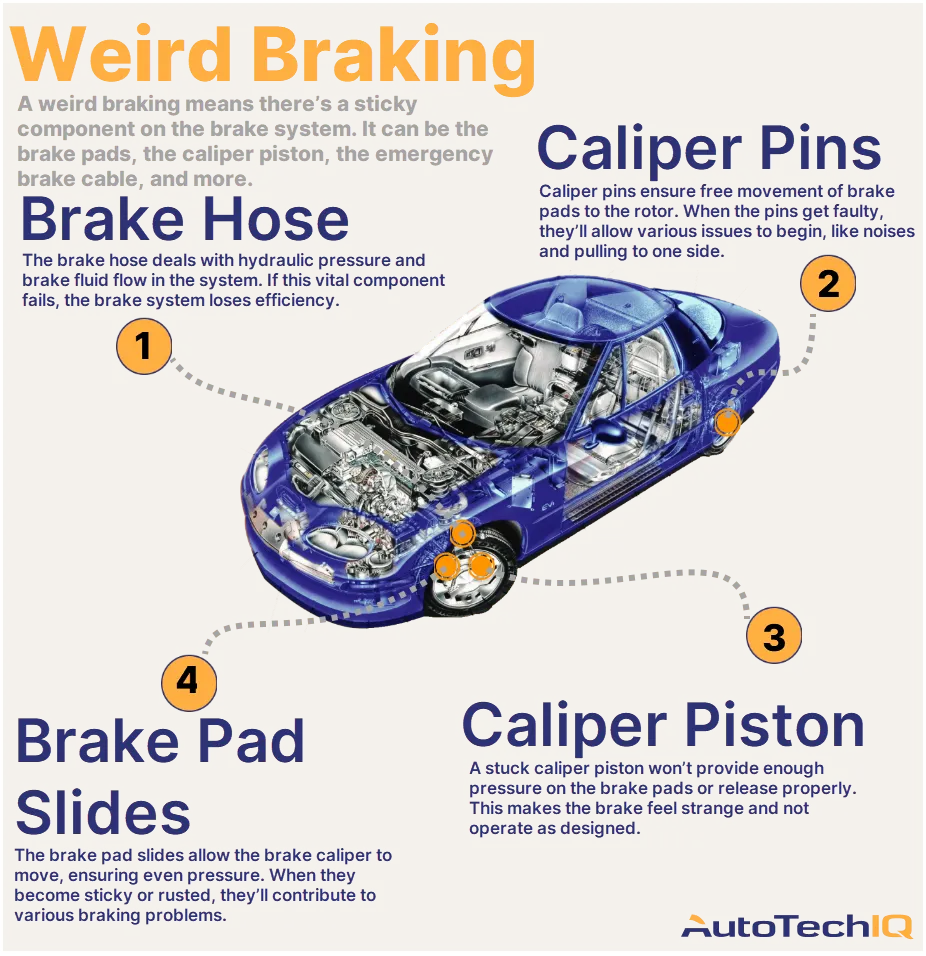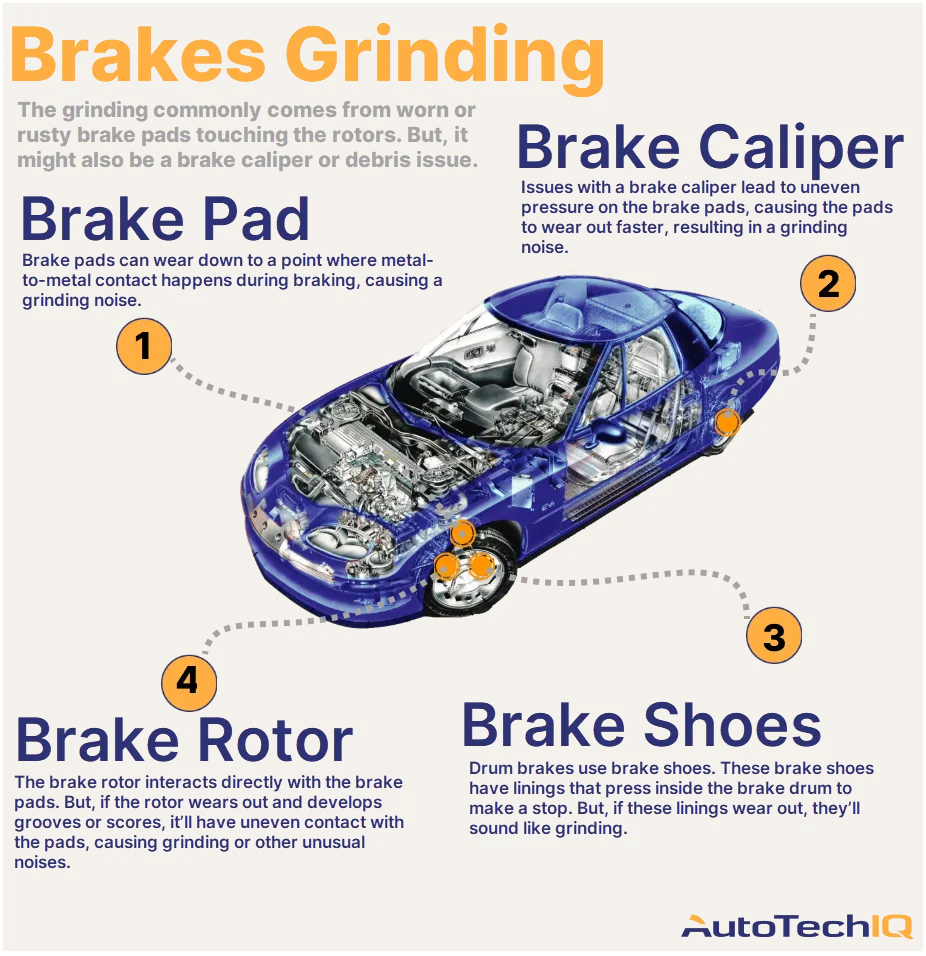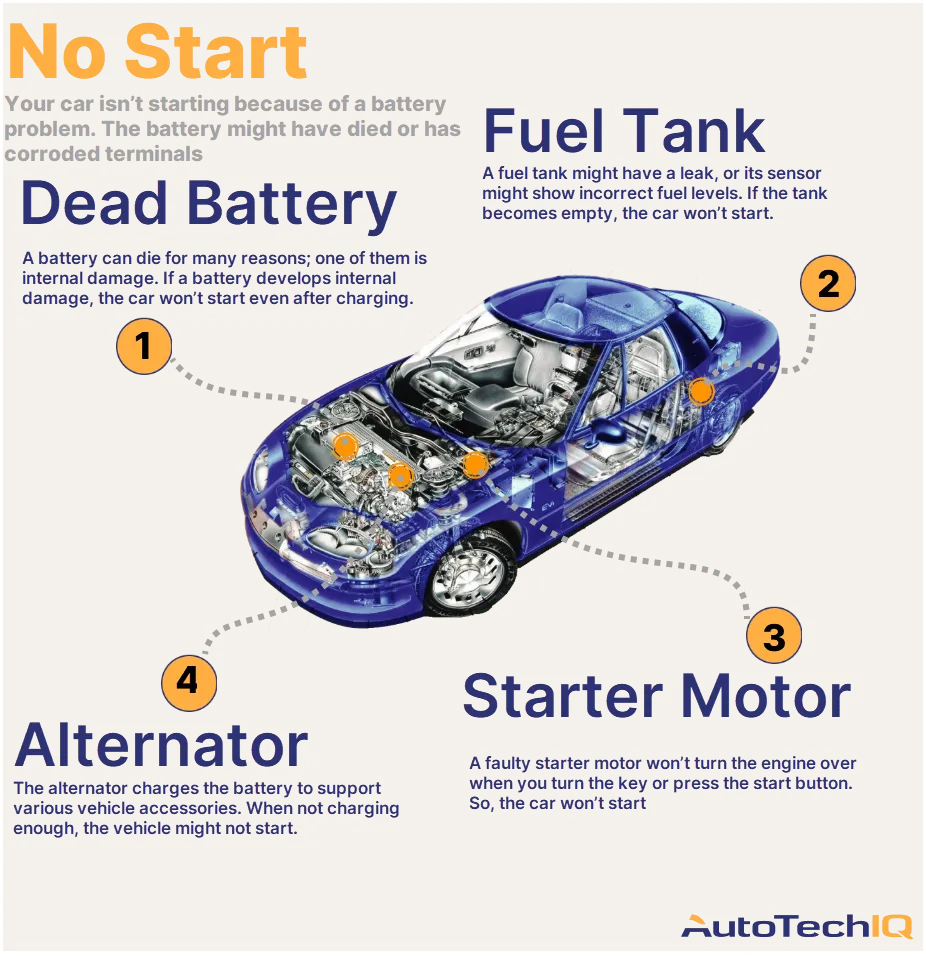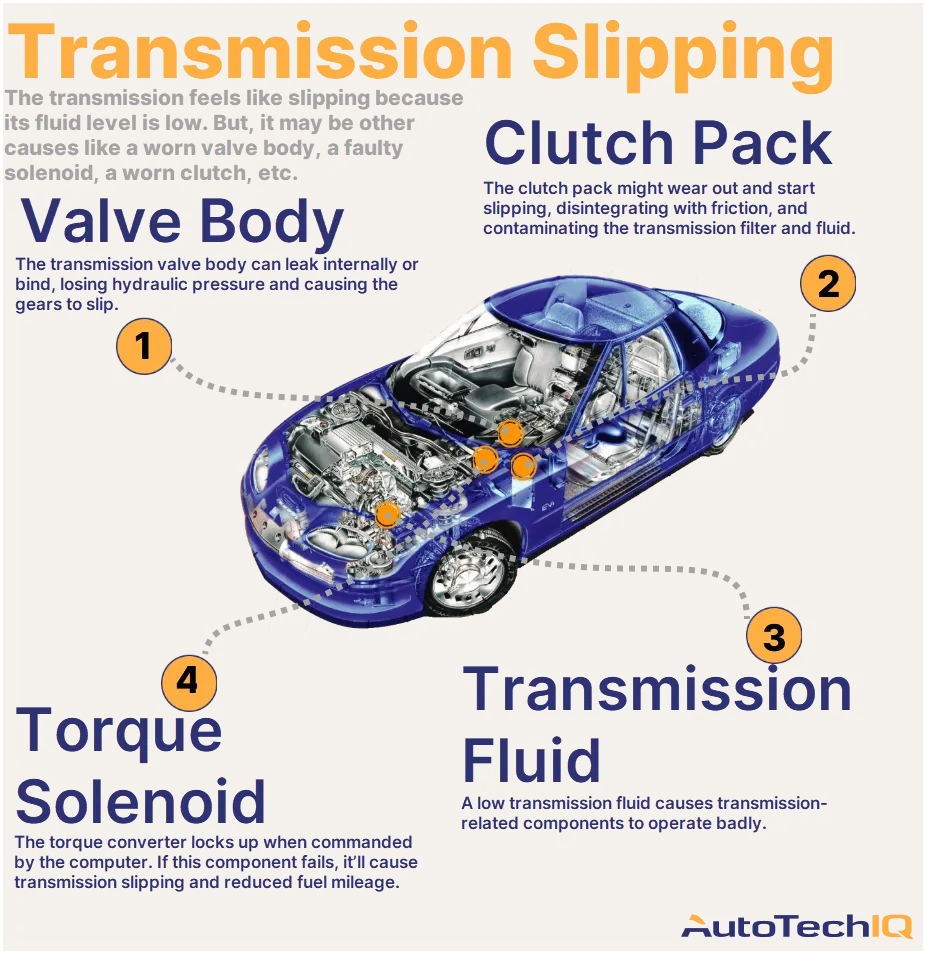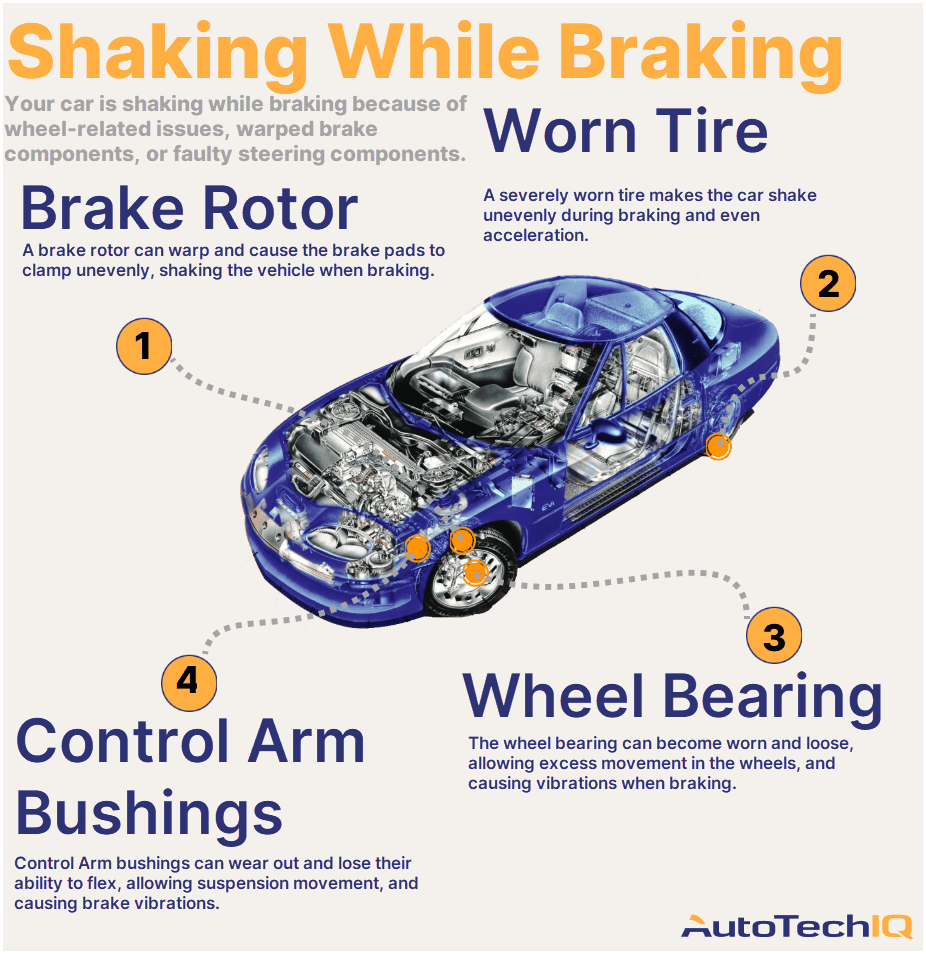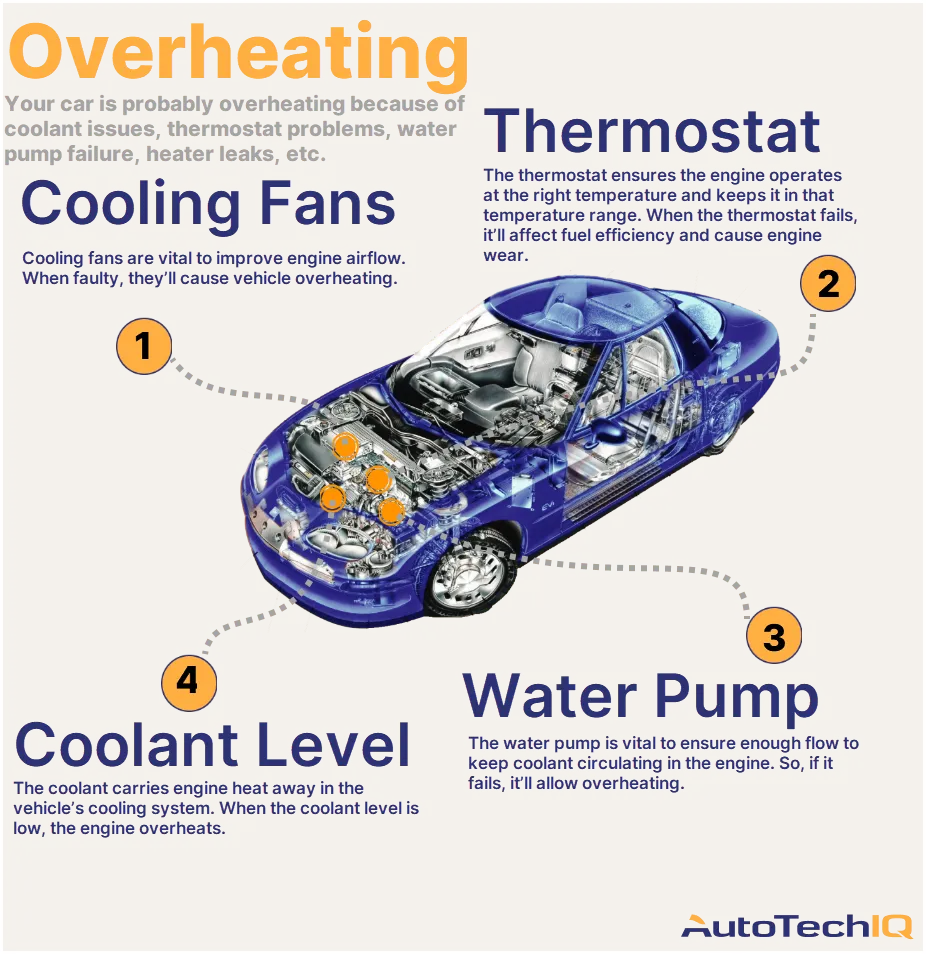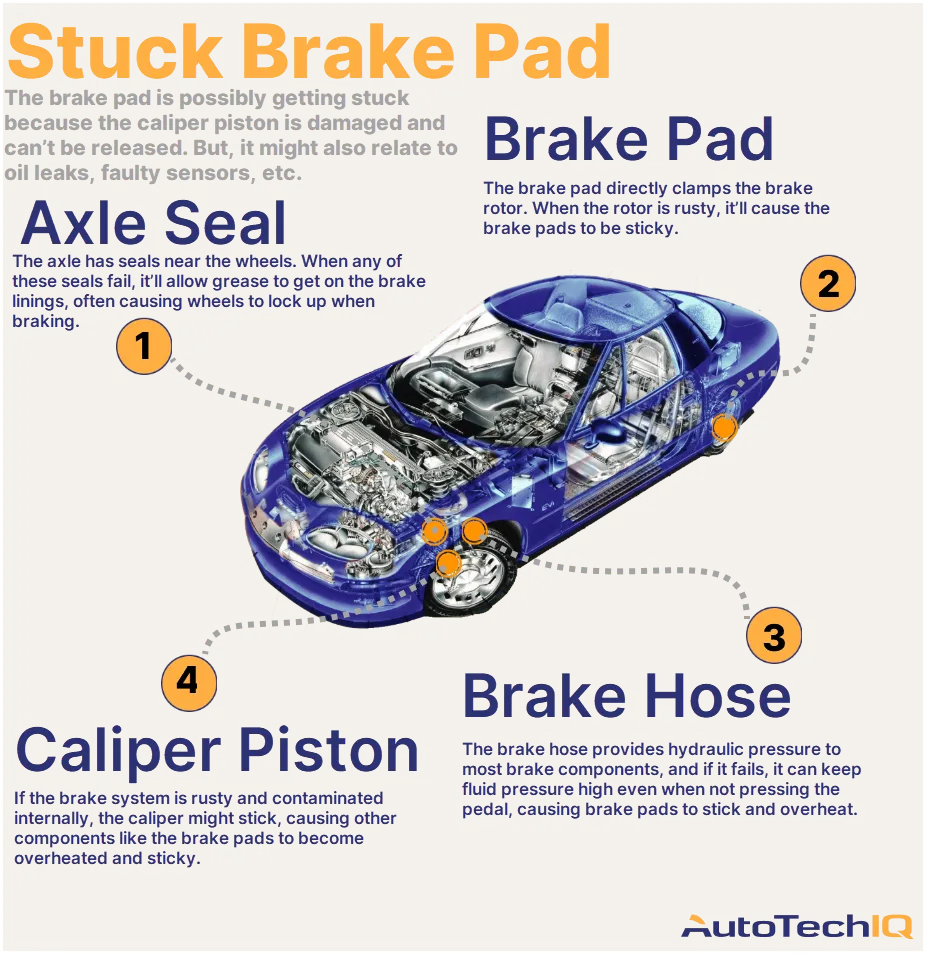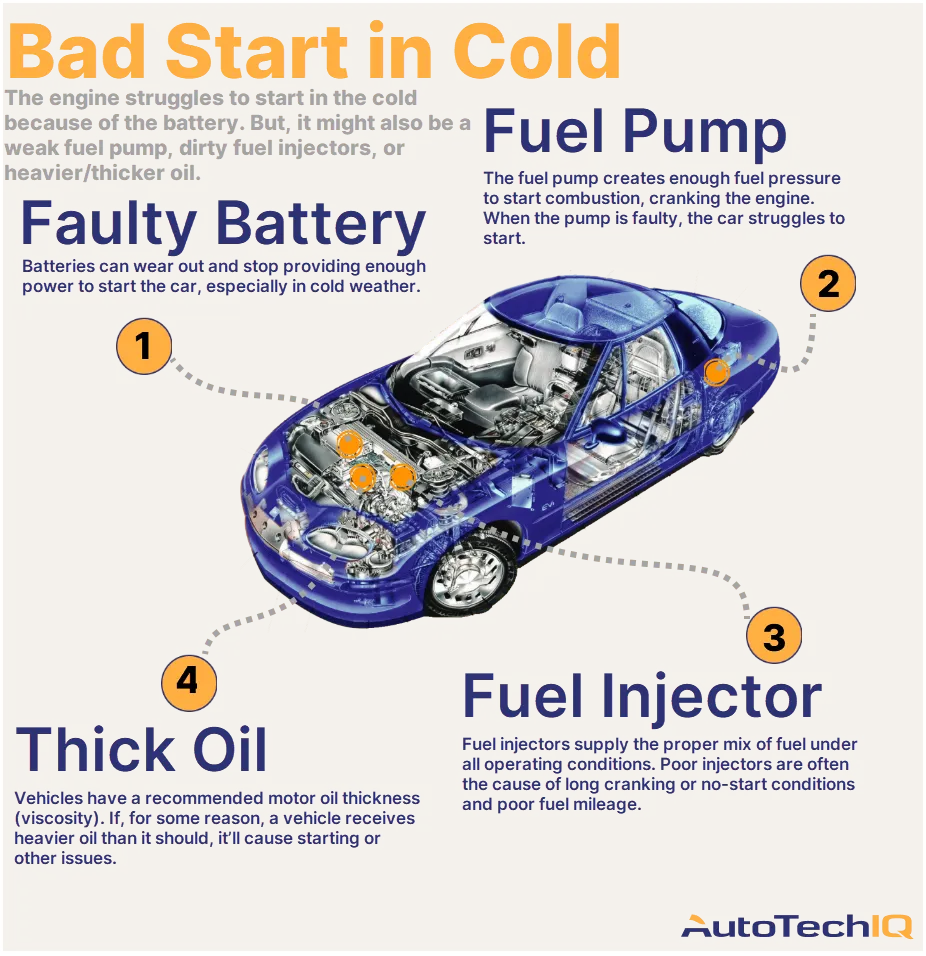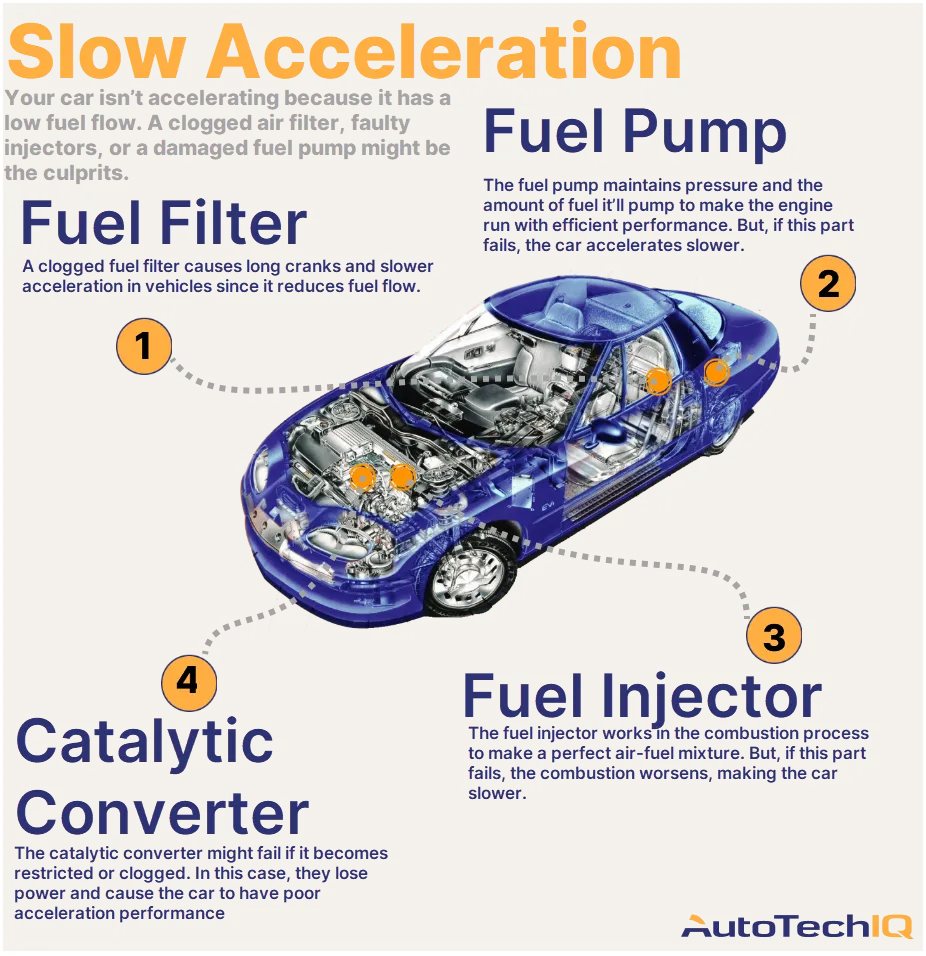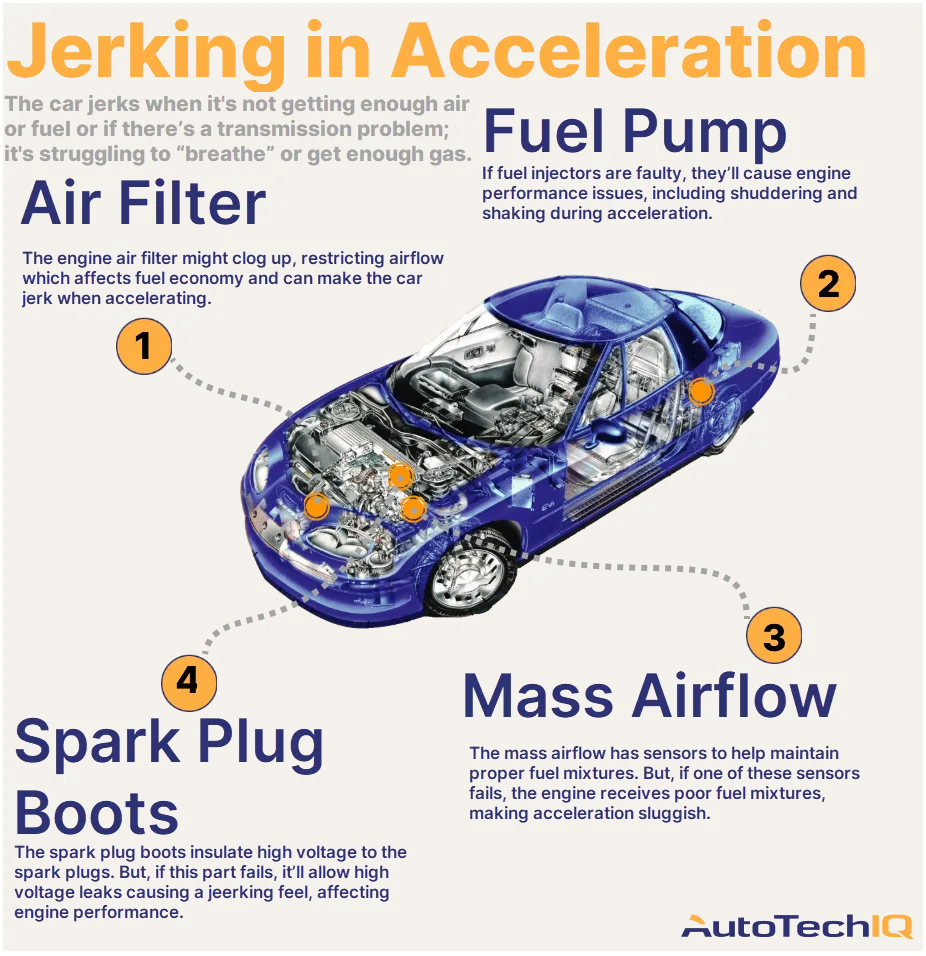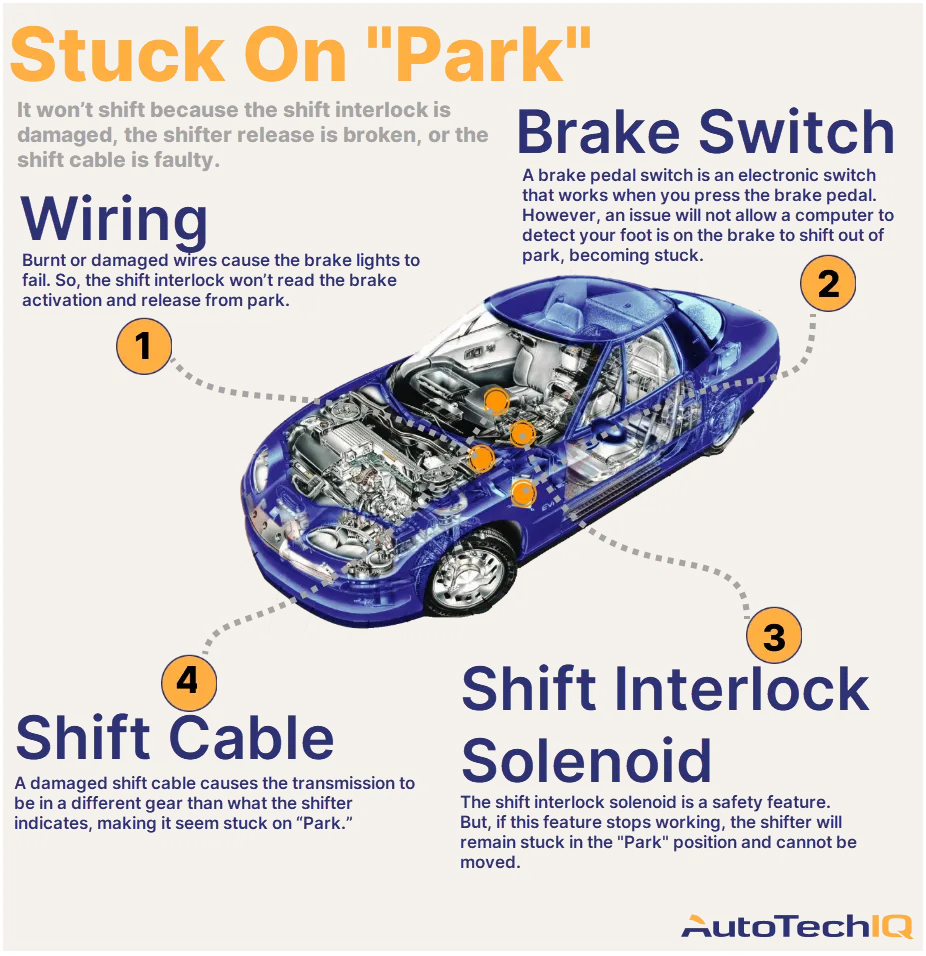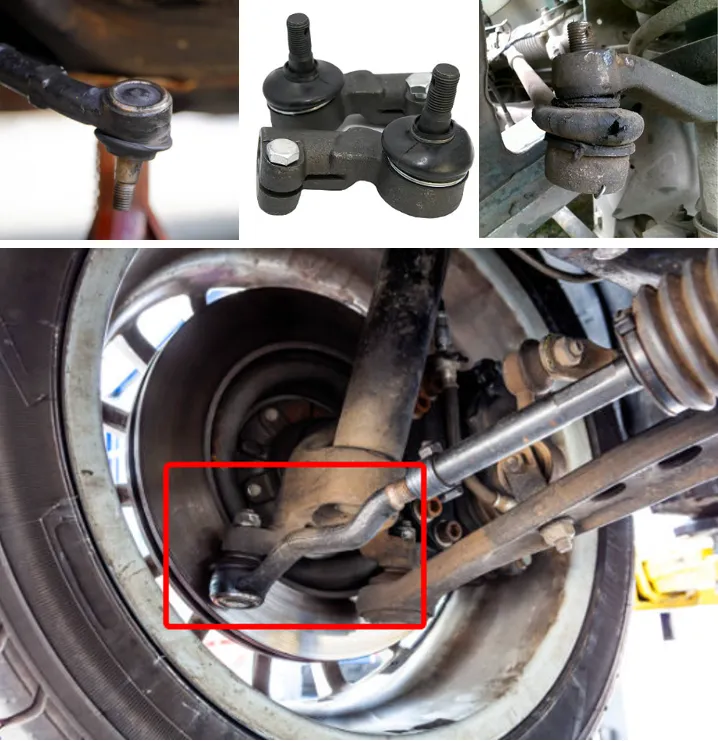
The steering end, an element of the vehicle's steering system, serves to connect the wheel and the steering mechanism. From the steering mechanism, through the steering rod, force is transmitted to the steering knuckle of the wheel, thereby ensuring vehicle control.
The steering tip is a kind of hinge joint, and it is the steering tips that bear the numerous shock loads that occur when driving on uneven roads. Taking on most of the load, the tips thus protect the steering rods and the rack itself from mechanical stress, significantly increasing their service life.
The main reasons for the failure of the steering tip
- Incorrect wheel alignment angle (wheel alignment).
- Damage to the protective cover of the rod (boot), as a result of which moisture enters and the moving parts lack lubrication.
All this leads to failure of the tips themselves, which causes steering malfunctions, which must be corrected in a timely manner.
Signs of a broken tie rod
- Firstly, a knock from the steering rack.
- Secondly, the control of the car is impaired.
- Thirdly, strong play in the steering wheel.
These are all good reasons to contact a specialist. Remember that only a thorough preventive examination and diagnostics will help to establish the exact cause of the car’s strange behavior.
We do not recommend repairing the steering tip; it is impractical; it is cheaper and faster to replace it.
Stages of replacing the tie rod end
- The car is lifted on a lift and the wheel is removed.
- Using a puller, the tip is removed from the hub.
- Unscrews from the steering rod.
- A new part is installed, after which everything is assembled in the reverse order.
The only difficulty that is often encountered is the souring of the nut and the tip itself in the hub, as a result of which it is problematic to remove it.
It should be remembered that after replacing the steering tips, it is necessary to adjust the wheel alignment of the front wheels.
It is better to entrust the inspection and replacement of tips to the specialists of a car repair shop. Replace tie rod ends only in pairs - replacing them on only one side is not allowed. As practice shows, they fail almost simultaneously.


